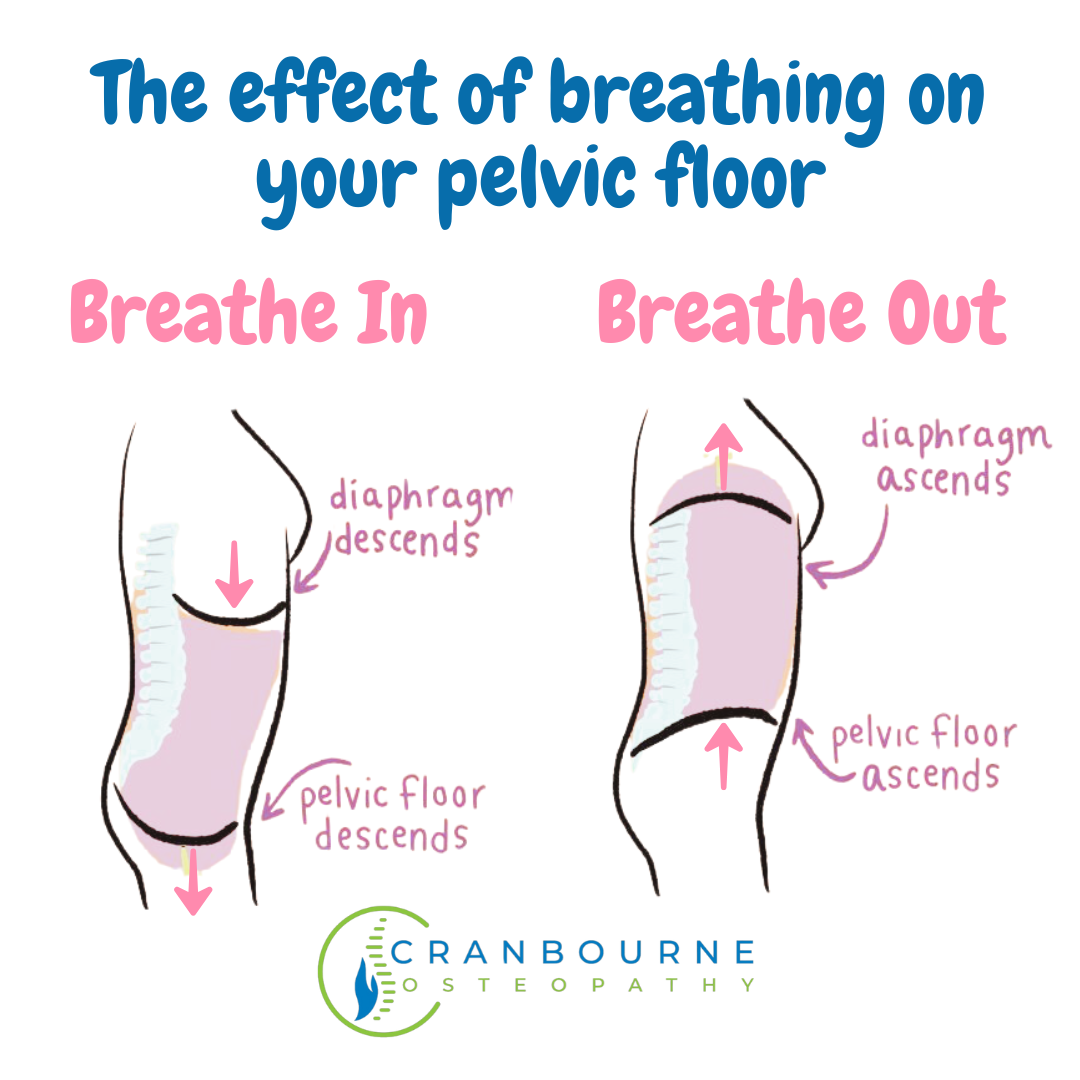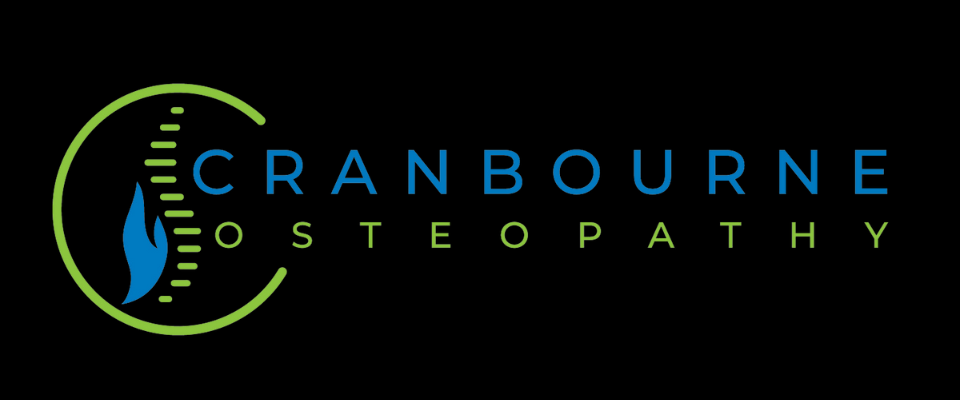The Connection Between Abdominal Scarring, Breathing and Pelvic Health: An Osteopaths Perspective
Written by Mirae Oldmeadow from Cranbourne Osteopathy
Pelvic health is a crucial aspect of overall well-being, influencing everything from core stability and posture to bladder and bowel control, sexual function, and even breathing. Many people don’t realise the deep connection between scar tissue, breathing and pelvic floor function, yet these factors play a fundamental role in maintaining balance and preventing dysfunction.
At Cranbourne Osteopathy, we take a holistic approach to pelvic health, considering how breathing patterns, abdominal scarring, and musculoskeletal imbalances contribute to discomfort and dysfunction in the pelvic floor and surrounding muscles and joints. By addressing these underlying factors, we help our clients regain comfort, function, and confidence in their bodies.
How Breathing Affects the Pelvic Floor
Breathing isn’t just about oxygen intake—it’s also about movement, coordination, and pressure regulation within the core. The diaphragm and pelvic floor work in sync as part of a pressure management system known as the core canister, which also includes the deep abdominal muscles (transversus abdominis) and lower back muscles (multifidus).
During optimal breathing:
As you inhale, the diaphragm moves downward, increasing intra-abdominal pressure, while the pelvic floor gently relaxes and moves downwards as well.
As you exhale, the diaphragm moves upward, intra-abdominal pressure decreases, and the pelvic floor naturally lifts and engages.
See diagram above that demonstrates this.
However, many people develop dysfunctional breathing patterns, particularly in response to stress, trauma, or postural imbalances. Shallow chest breathing—where the ribcage rises but the diaphragm doesn’t fully engage—can increase tension in the pelvic floor muscles. Over time, this chronic tension may contribute to symptoms such as:
Pelvic pain or discomfort, including during sexual activity
Increased urinary or fecal urgency or incontinence
Core weakness and poor postural control
Difficulty engaging abdominal muscles
By retraining breathing patterns, we can restore the natural coordination between the diaphragm and pelvic floor, promoting better function, reducing tension, and improving overall pelvic health. At Cranbourne Osteopathy, our pelvic health team always focuses on breathing mechanics and their impact on the pelvic floor with every client. This is often where we begin, as many symptoms can improve or resolve by retraining proper breathing patterns.
The Impact of Abdominal Scarring on Pelvic Floor Function
Abdominal surgeries, including cesarean births, laparoscopies, appendectomies, and hysterectomies, leave behind scar tissue that can have a lasting impact on our core and pelvic floor function. While scars are a natural part of the body’s healing process, they don’t just affect the surface of the skin—they extend deep into the fascia, connective tissues and, in the case of abdominal surgeries, into the organs. This can sometimes lead to adhesions between these layers that restrict movement and blood flow.
Some common effects of abdominal scarring include:
1. Restricted Movement of the Abdominal Wall
Scar tissue can limit the flexibility and movement of the abdominal muscles, making it harder to engage the core effectively. This can lead to postural imbalances, increased tension in the lower back, and compensatory movement patterns that strain the pelvic floor.
2. Altered Breathing Patterns
Since the diaphragm and abdominal wall work together during breathing, restricted movement from scar tissue can disrupt normal breathing mechanics. This may lead to shallow breathing patterns, reduced diaphragm engagement, and increased pelvic floor tightness.
3. Pelvic Pain and Muscle Tightness
Tight or adhered scar tissue can create pulling sensations in the abdomen, pelvis and lower back. The body may compensate for this by overusing nearby muscles, leading to chronic tension, pain and dysfunction in the areas, including the pelvic floor.
4. Changes in Bladder and Bowel Function
Scar tissue near the bladder, intestines, or pelvic organs can alter their positioning or movement, leading to symptoms such as:
Increased urinary urgency or incontinence
Constipation or difficulty emptying the bowels
A sensation of “heaviness” in the pelvis
Pain during sexual activity
Restoring Function
At Cranbourne Osteopathy, we take an integrative approach to pelvic health, breathwork, and scar tissue release. Our goal is to restore mobility, reduce discomfort, and optimize core and pelvic floor function.
1. Breathwork and Core Coordination
We teach our clients how to breathe more effectively, engaging the diaphragm, core muscles, and pelvic floor in a coordinated way. This may involve:
Diaphragmatic breathing exercises to encourage relaxation and coordinate contraction of the pelvic floor.
Postural adjustments to optimize core stability.
Nervous system regulation techniques to reduce stress-related tension in the diaphragm and pelvic floor.
2. Scar Tissue Release Therapy
For those with cesarean scars, laparoscopic scars, or other abdominal adhesions, we use gentle, hands-on techniques to improve tissue mobility and circulation. Scar release therapy can help:
Reduce pulling sensations and tightness in the abdomen and pelvis.
Improve core activation and breathing mechanics.
Decrease pain and discomfort associated with adhesions.
Increase limited mobility more than you could imagine.
3. Pelvic Floor and Musculoskeletal Treatment
We utilise manual therapy techniques to relieve tension in the lower back, hips, and pelvic floor muscles, helping to correct compensatory patterns that may have developed over time. If these underlying factors are not addressed, dysfunctional movement patterns can persist, increasing the likelihood of symptoms returning. By taking a holistic approach to your condition, we aim to provide lasting relief and long-term improvements in function.
When and Where to Seek Treatment
If you experience any of the following symptoms, it may be time to seek treatment:
Persistent pelvic pain or discomfort.
Difficulty engaging core muscles after abdominal surgery or childbirth.
Urinary urgency, frequency, or incontinence.
Constipation or bowel movement difficulties.
Scar-related tightness, pulling sensations, or pain.
Postural imbalances or difficulty breathing deeply.
Cranbourne Osteopathy and Flourish Myotherapy and Pilates are here to support you on your journey. If you’re unsure where to start, a general guideline is to visit Flourish Myotherapy and Pilates if abdominal scarring seems to be your main concern, while Cranbourne Osteopathy may be the best place to begin if pelvic floor symptoms are more problematic. The most important step is simply getting started—whichever path you take, you’ll be in excellent hands. We can also guide you on when it might be beneficial to seek treatment from the other.
So if you’ve had a cesarean birth or abdominal surgery, even years ago, treatment can still help improve function and relieve discomfort. Your abdominal and pelvic health matters, and we’re here to support you on your journey toward optimal well-being.
Reach out to our pelvic health team at Cranbourne Osteopathy for further information or to book an appointment today!
A big thank you to Mirae from Cranbourne Osteopathy for contributing this guest blog and sharing her expertise with us. If you’d like to learn more or book an appointment with the Cranbourne Osteopathy team, visit their website for details. Emily Colgan and Mirae Oldmeadow are the clinic’s pelvic health-trained osteopaths, but the entire team is highly knowledgeable and can assist with a wide range of concerns. Contact details for Cranbourne Osteopathy are listed below.
Cranbourne Osteopathy
Address: 108/1060 Thompsons Rd Cranbourne West 3977
Phone Number: 03 8790 0136
Email: reception@cranbourneosteopathy.com.au
Website: www.cranbourneosteopathy.com.au
Book Online Link: cranbourneosteopathy.com.au/book-now
Instagram: @cranbourne.osteopathy and @mirae.cranbourneosteopathy
Facebook: Cranbourne Osteopathy




